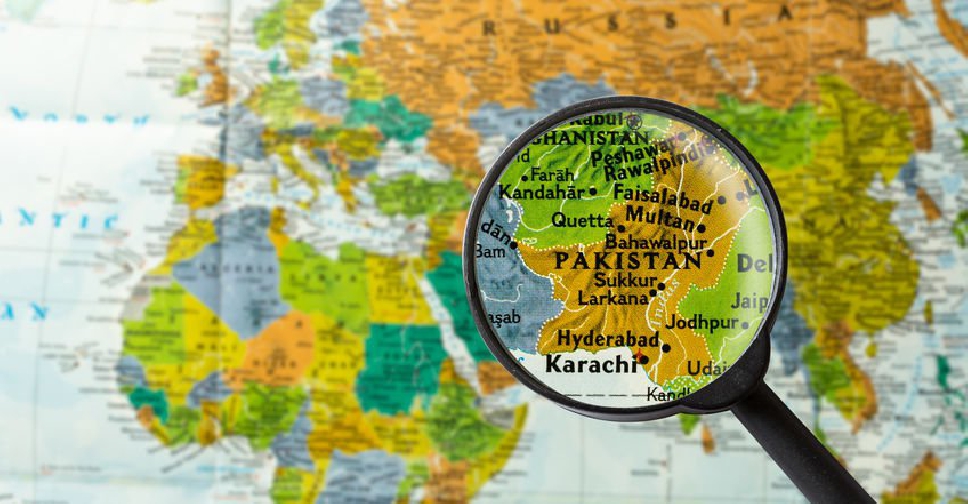
OPEC+ agreed on Saturday to hike July oil output by 411,000 barrels per day (bpd), the same as in May and June, as the group of oil-producing countries continues to bring back supply more rapidly than earlier planned.
Eight OPEC+ countries have been raising output faster than scheduled since May, even though the extra supply has weighed on prices. Group leaders Saudi Arabia and Russia areseeking partly to punish over-producing allies and to win back market share.
On Saturday, the eight countries agreed to the July increase in an online meeting. The also discussed other options, an OPEC+ delegate said. On Friday, sources familiar with OPEC+ talks had said they could discuss a larger hike.
In a statement issued after the meeting, OPEC+ cited a "steady global economic outlook and current healthy market fundamentals, as reflected in the low oil inventories" as its reasoning for the July increase.
OPEC+ pumps about half of the world's oil and includes OPEC members and allies such as Russia. While the eight are raising supply, some are being asked to temper those increases to compensate for overproducing in past months.
The July hike from the eight will take the combined boost for April, May, June and July to 1.37 million barrels per day, representing a 62% unwinding of the group's most recent output cut of 2.2 million bpd, according to Reuters calculations.
"Three strikes from OPEC+, and none were softballs. May warned, June confirmed, and July fires a shot across the bow," said Jorge Leon, head of geopolitical analysis at Rystad and a former OPEC official.
Kazakhstan had said on Thursday that it would not cut production, prompting speculation that OPEC+ might go for a larger July increase than 411,000 bpd. Algeria was among a small number of nations that requested a pause in the output hikes on Saturday, a source familiar with the matter said.
Oil prices LCOc1 fell to a four-year low in April, slipping below $60 per barrel after OPEC+ said it was tripling its output hike in May and as US President Donald Trump's tariffs raised concerns about global economic weakness. Prices closed just below $63 on Friday.
Global oil demand is expected to grow by an average of 775,000 bpd in 2025, according to a Reuters poll of analysts published on Friday, while the International Energy Agency in its latest outlook saw an increase of 740,000 bpd.
Besides the 2.2 million bpd cut that the eight members started to unwind in April, OPEC+ has two other layers of cuts that are expected to remain in place until the end of 2026.



 New York Times reporter sues Google, xAI, OpenAI over chatbot training
New York Times reporter sues Google, xAI, OpenAI over chatbot training
 New Zealand concludes FTA with India with aim to double trade
New Zealand concludes FTA with India with aim to double trade
 Mubadala partners with Actis to invest over $350 million in Rezolv Energy
Mubadala partners with Actis to invest over $350 million in Rezolv Energy
 World Bank approves $700 million for Pakistan's economic stability
World Bank approves $700 million for Pakistan's economic stability
 China's ByteDance signs deal to form joint venture to operate TikTok US app
China's ByteDance signs deal to form joint venture to operate TikTok US app




